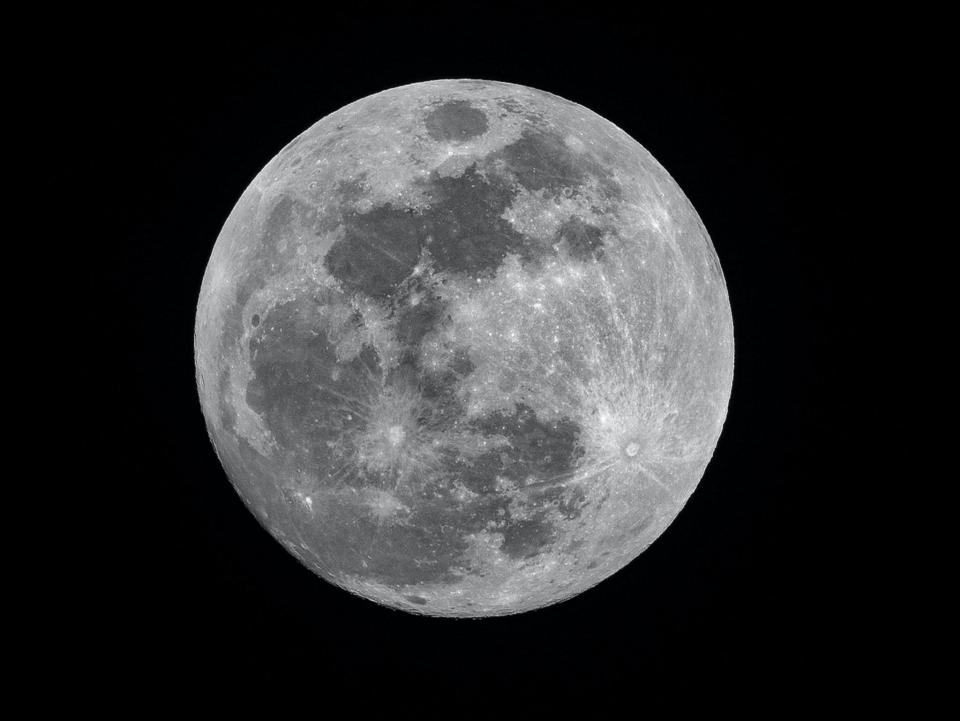Nasa astronauts going back to the Moon will be bombarded with cancerous rays 200 times greater than on Earth, study finds

The radiation on the Moon could be two or three times as high as the radiation on the International Space Station and 200 times greater than that on Earth.
It could expose astronauts to higher risk of cancer or other diseases that attack the central nervous system.
Although humans travelled to the Moon during the Apollo space missions in the 1960s and 1970s, Nasa did not take enough readings to calculate how safe it would be for an extended period of time.
Researchers using data from China's Chang'e 4 lander in 2019 have now published their findings.
They discovered that astronauts on the moon would experience a daily radiation dose that is equivalent to 1,369 microsieverts per day.
"The radiation levels we measured on the Moon are about 200 times higher than on the surface of the Earth and five to 10 times higher than on a flight from New York to Frankfurt," said Robert Wimmer-Schweingruber, a physics professor at the University of Kiel in Germany, in a statement.
"Because astronauts would be exposed to these radiation levels longer than passengers or pilots on transatlantic flights, this is a considerable exposure."
The International Space Station is protected from some of this exposure because it is shielded by Earth’s matgetosphere, which can deflect most radiation.
Watch: Rare blue moon will light up the sky on Halloween
On Earth, humans experience radiation from visible heat and light, as well as x-rays and radio waves.
In space, however, astronauts can be subject to cosmic rays, solar particle events, as well as neutron and gamma rays from interactions between radiation from space and the lunar soil.
This could cause induce cataracts, cancer, and other degenerative diseases, the study suggests.
The study proposes that, if humans are going to spend longer than two or three months on the moon, shelters would have to be built that could shield the astronauts from radiation, as well as the provision of medicines that could defend against the rays.
Shelters made of moon dirt could be used, with a maximum thickness of 80 centimeters.
While the shelters could be made thicker, the dirt would emit its own radiation from cosmic rays interacting with the lunar soil, the scientists said.
The new study was published in the journal Science Advances.
Nasa is expected to send astronauts to the moon by 2024, under its Artemis program, where the next man and the first woman will step foot on the cosmic body.
The plan will help Nasa work “toward sustainable lunar exploration in the mid-to late 2020s," the agency said.
Future missions will include astronauts spending a week on the Moon’s surface to collect samples and conduct experiments.
Watch: Scientists explore 350-foot-deep 'blue hole' on ocean floor
Read more
NASA unveils $28 billion plan to send the first woman to the Moon

 Yahoo Finance
Yahoo Finance 